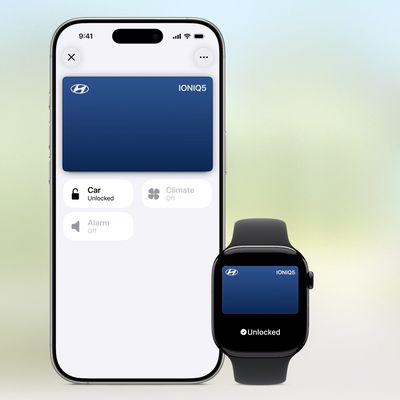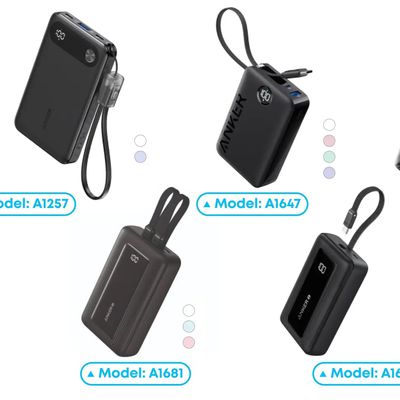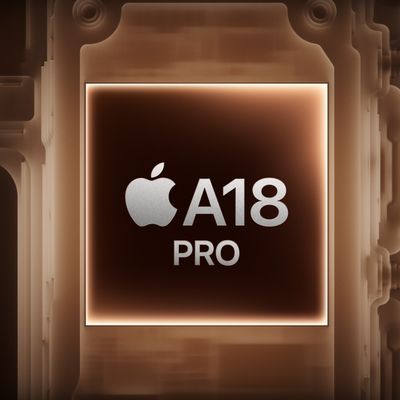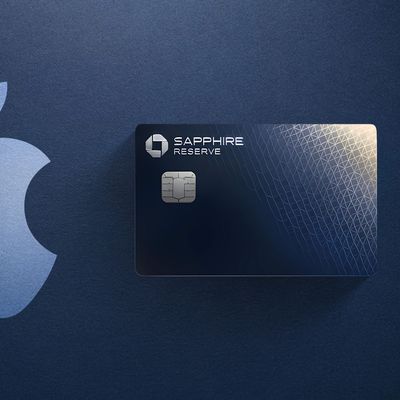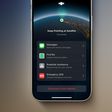Apple Opening U1 Chip to Developers With New 'Nearby Interaction' Framework
Introduced last year, the U1 chip in iPhone 11 models enables Ultra Wideband support for improved spatial awareness, but Apple has so far only used the technology to power a directional AirDrop feature in iOS 13.
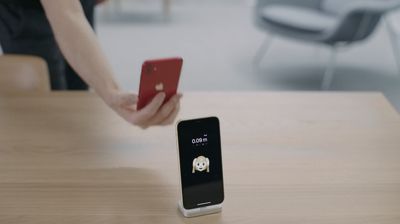
In the upcoming months, that should change, as Apple has announced that it is opening up its U1 chip to developers with a new "Nearby Interaction" framework for iOS 14. This framework can stream distance and relative direction between U1-equipped devices, paving the way for some interesting new spatial-related user experiences.
Apple provides some examples:
- A multiuser AR experience places virtual water balloons in the hands of its participants
- A taxi or rideshare app employs a peer user's direction in real time to identify the relative locations of a driver and a customer
- A game app enables a user to control a paddle with their device and respond to a moving ball on the peer user's screen
"Nearby Interaction" will function on an opt-in basis, with users having to grant permission for their iPhone to find and be found by nearby devices each time they open an app that incorporates the framework. Random identifiers are generated for each session.
In its video overview of the framework, Apple noted that both iPhones should be in portrait orientation to ensure accurate measurement of distance and direction. If one iPhone is in portrait orientation and the other is in landscape, this could limit the measurement capabilities, as can walls, people, pets, objects, and other obstacles between the devices.
Apple has added "Nearby Interaction" support to its Simulator tool within Xcode 12 so that developers can experiment with the framework.
Popular Stories
Apple hasn't updated the AirPods Pro since 2022, and the earbuds are due for a refresh. We're counting on a new model this year, and we've seen several hints of new AirPods tucked away in Apple's code. Rumors suggest that Apple has some exciting new features planned that will make it worthwhile to upgrade to the latest model.
Subscribe to the MacRumors YouTube channel for more videos.
Heal...
In 2020, Apple added a digital car key feature to its Wallet app, allowing users to lock, unlock, and start a compatible vehicle with an iPhone or Apple Watch. The feature is currently offered by select automakers, including Audi, BMW, Hyundai, Kia, Genesis, Mercedes-Benz, Volvo, and a handful of others, and it is set to expand further.
During its WWDC 2025 keynote, Apple said that 13...
Popular accessory maker Anker this month launched two separate recalls for its power banks, some of which may be a fire risk.
The first recall affects Anker PowerCore 10000 Power Banks sold between June 1, 2016 and December 31, 2022 in the United States. Anker says that these power banks have a "potential issue" with the battery inside, which can lead to overheating, melting of plastic...
Apple is developing a MacBook with the A18 Pro chip, according to findings in backend code uncovered by MacRumors.
Earlier today, Apple analyst Ming-Chi Kuo reported that Apple is planning to launch a low-cost MacBook powered by an iPhone chip. The machine is expected to feature a 13-inch display, the A18 Pro chip, and color options that include silver, blue, pink, and yellow.
MacRumors...
Chase this week announced a series of new perks for its premium Sapphire Reserve credit card, and one of them is for a pair of Apple services.
Specifically, the credit card now offers complimentary annual subscriptions to Apple TV+ and Apple Music, a value of up to $250 per year.
If you are already paying for Apple TV+ and/or Apple Music directly through Apple, those subscriptions will...
Apple's next-generation iPhone 17 Pro and iPhone 17 Pro Max are less than three months away, and there are plenty of rumors about the devices.
Apple is expected to launch the iPhone 17, iPhone 17 Air, iPhone 17 Pro, and iPhone 17 Pro Max in September this year.
Below, we recap key changes rumored for the iPhone 17 Pro models:Aluminum frame: iPhone 17 Pro models are rumored to have an...
Apple is planning to launch a low-cost MacBook powered by an iPhone chip, according to Apple analyst Ming-Chi Kuo.
In an article published on X, Kuo explained that the device will feature a 13-inch display and the A18 Pro chip, making it the first Mac powered by an iPhone chip. The A18 Pro chip debuted in the iPhone 16 Pro last year. To date, all Apple silicon Macs have contained M-series...
Apple's next-generation iPhone 17 Pro and iPhone 17 Pro Max are around three months away, and there are plenty of rumors about the devices.
Apple is expected to launch the iPhone 17, iPhone 17 Air, iPhone 17 Pro, and iPhone 17 Pro Max in September this year.
Below, we recap key changes rumored for the iPhone 17 Pro models:Aluminum frame: iPhone 17 Pro models are rumored to have an...




